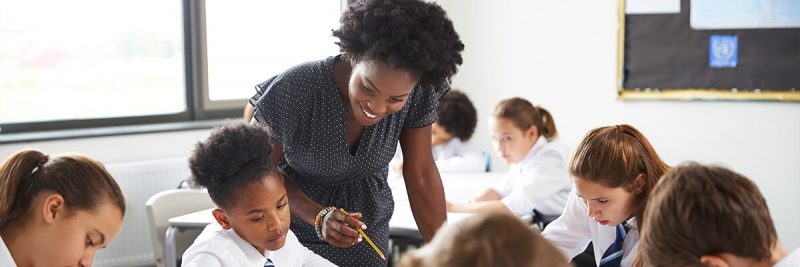‘From Around the World’ Special
Violence in the classroom
In many parts of the world, teachers use violence against their students. This can become routine, and the school transforms from a nurturing into a harmful environment for millions of children. Students exposed to violence are at risk of health problems later in life, such as depression, alcohol abuse and lower educational achievement.Because of this, the United Nations has declared that all violence against children is a violation of human rights. But violence still happens. This has led to efforts to understand why teachers use violence against children.Some studies have tried to identify characteristics of students that make them vulnerable to violence from their teachers or other school staff.
Violence against students is very common in Uganda, even though corporal punishment was banned in 1997.
A recent study by John Hopkins University found that 93% of boys and 94% of girls reported having ever been a victim of physical violence from a school staff member, and that over 50% had experienced such violence in the past week.
The hope is that these findings increase the effectiveness of interventions by highlighting the qualities of school staff that may make them more likely to use violence against their students.
Similarly high reports of physical violence from school staff have been documented in the region, including in Kenya and Tanzania.Theteam carried out surveys with school staff members from 42 primary schools in Luwero District, in central Uganda.
“We wanted to know which factors might contribute to teachers being more likely to use violence – specifically physical violence – in their classrooms. The three types of risk factors examined were; the individual and their characteristics, the school and the community.
We wanted to learn about the staff members’ characteristics and asked them how often they used physical forms of violence against students. This included twisting a student’s ear or arm as punishment, hitting or caning a student, or making a student stand or kneel in a hurtful way, among other acts.
We found that staff violence was very common. Out of 645 staff surveyed, 43% reported that they had used physical violence against students in the past week.”
There was a correlation between school staff using physical violence and these factors:
- they were a teacher, as opposed to another type of staff member
- they personally approved of violent forms of physical discipline
- they had children of their own
- they were between ages 30 and 39
- they had used physical violence against individuals other than students
- they had themselves been a victim of intimate partner violence
The researchers did not find any correlation between staff members’ use of physical violence and other factors, such as the school environment or the neighbourhood surrounding the school.
Some of these findings are supported by research elsewhere. For example, studies in South Africa and Asia and the Pacific have shown that people who perpetrate violence in one setting are likely to do so in others. Studies also show links between being a victim and a perpetrator of violence.
Programmes that support staff to use positive forms of discipline rather than violence are likely to benefit staff as well as students. In particular, the findings suggest that there could be value in developing programmes that address staff members’ own experiences of violence and that target staff who use violence against other people beyond just students.Programmes like the ‘incredible years programme’, the ‘Irie classrooms toolbox’and the ‘good school toolkit‘already exist. These aim to reduce violence from teachers against students, for instance, through group activities promoting non-violent discipline strategies and classroom management techniques.
Alongside these types of programmes, the study concludes; “we also need to strengthen our understanding of whether, and if so how, the school and community context might affect a school staff member’s use of physical violence”. These approaches could play an important role in helping to protect children in schools, in Uganda and elsewhere.
The findings of the study first appeared in The Conversation





